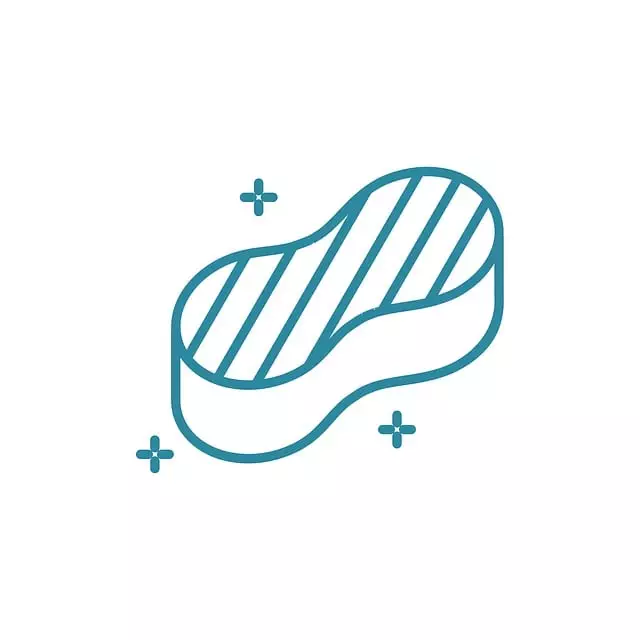Obesity in areas with limited healthcare access requires innovative solutions, which telemedicine tracking platforms offer through GLP-1 treatments and virtual obesity care consultation tools. This technology enables remote access to personalized dietary and exercise plans, improving patient engagement and outcomes. The GLP-1 in Toledo initiative demonstrates how these platforms revolutionize obesity treatment by connecting patients with healthcare professionals from home, facilitating real-time progress tracking, and dynamic treatment adjustments. Effective telehealth platforms should include easy-to-use tools for remote assessment, monitoring, and personalized interventions, enhancing accessibility and convenience for specialized obesity care.
Obesity, a complex health issue affecting millions globally, demands innovative approaches like telehealth tracking platforms. This article explores how telemedicine, specifically GLP-1 in Toledo, offers effective solutions. We delve into the key features of successful platforms, highlighting benefits such as enhanced access to care and improved patient engagement through virtual consultation tools. By examining strategies for implementation, healthcare providers can leverage these platforms to optimize obesity treatment outcomes.
- Understanding Obesity and the Need for Telehealth
- GLP-1 in Toledo: A Case Study of Effective Telemedicine
- Key Features of Successful Telemedicine Platforms for Obesity Treatment
- Benefits of Virtual Obesity Care Consultation Tools
- Implementing Telehealth Tracking Platforms: Strategies and Best Practices
Understanding Obesity and the Need for Telehealth
Obesity is a complex and chronic health condition characterized by excessive fat accumulation that can negatively impact an individual’s overall well-being. It poses significant risks, including type 2 diabetes, cardiovascular diseases, and certain types of cancer. Given the rising prevalence of obesity worldwide, there is a pressing need for innovative treatment approaches that offer flexibility and accessibility, especially in regions with limited access to specialized healthcare services, such as Toledo.
Telehealth tracking platforms emerge as powerful tools in the fight against obesity. By leveraging telemedicine platforms for obesity treatment, patients in Toledo can access virtual obesity care consultation tools and GLP-1 (glucagon-like peptide-1) treatments remotely. These platforms facilitate regular monitoring, personalized dietary plans, and exercise routines tailored to individual needs, all while reducing barriers to care. With the support of advanced technology, telehealth enables healthcare providers to offer comprehensive, convenient, and effective obesity management solutions, enhancing patient engagement and outcomes.
GLP-1 in Toledo: A Case Study of Effective Telemedicine
In recent years, GLP-1 in Toledo has emerged as a powerful case study showcasing the effectiveness of telemedicine platforms in the treatment of obesity. This innovative approach leverages virtual obesity care consultation tools to connect patients with healthcare professionals remotely, offering a convenient and accessible solution for those struggling with this complex health issue. By integrating advanced technologies, telemedicine allows specialized doctors and dietitians to provide personalized guidance, dietary plans, and regular follow-ups from the comfort of the patient’s home.
The success of GLP-1 in Toledo highlights how telemedicine platforms can significantly improve patient outcomes while reducing barriers to care. Virtual consultations enable patients to discuss their progress, challenges, and goals in real-time, ensuring they receive timely adjustments to their treatment plans. This level of personalized attention is crucial for managing obesity, a condition that often requires long-term behavioral changes and continuous support. Moreover, telemedicine’s ability to track patient data and monitor key health markers, such as weight loss and blood glucose levels, ensures that healthcare providers can make data-driven decisions, ultimately leading to better results.
Key Features of Successful Telemedicine Platforms for Obesity Treatment
Successful telehealth tracking platforms for obesity patients should incorporate several key features designed to enhance patient engagement and clinical outcomes. These platforms must offer easy-to-use virtual obesity care consultation tools, allowing healthcare providers to remotely assess patients, develop personalized treatment plans, and monitor progress over time. Integration of GLP-1 in Toledo, Ohio, or any other region, can be a powerful addition, as these drugs have shown significant effectiveness in managing obesity.
Additionally, effective telemedicine platforms for obesity treatment should facilitate regular communication between patients and healthcare teams through secure messaging, video conferencing, and reminder systems. They must also enable the tracking of dietary intake, physical activity levels, and weight changes using user-friendly dashboards. This real-time data sharing ensures continuous care and enables providers to make informed decisions, adjusting treatments as needed to support each patient’s unique journey towards a healthier lifestyle.
Benefits of Virtual Obesity Care Consultation Tools
The integration of virtual obesity care consultation tools through telemedicine platforms has revolutionized weight management. These innovative solutions offer numerous benefits for patients and healthcare providers alike. One key advantage is improved accessibility; individuals in remote areas or with limited mobility can now access specialized care from the comfort of their homes. This shift to digital consultations also eliminates travel time, making it more convenient for both patients and doctors.
Moreover, telemedicine platforms enable continuous monitoring through GLP-1 in Toledo and other advanced tracking features. Patients can remotely share their health data, allowing healthcare professionals to provide personalized recommendations and adjustments to treatment plans in real-time. This continuous virtual care enhances patient engagement and adherence, which are crucial factors in managing obesity effectively.
Implementing Telehealth Tracking Platforms: Strategies and Best Practices
Implementing Telehealth tracking platforms can significantly enhance the management and outcome of obesity treatment. These innovative solutions offer a structured approach to monitoring patient progress, especially in the context of GLP-1-based treatments in Toledo. By integrating telemedicine platforms tailored for obesity care, healthcare providers can facilitate virtual consultations, enabling easy access to expert advice and personalized interventions. Such tools collect real-time data on patients’ dietary habits, physical activity levels, and weight changes, providing valuable insights to adjust treatment plans accordingly.
Best practices suggest employing user-friendly interfaces that encourage patient engagement and adherence. Personalized dashboards can visualize progress, motivate individuals, and foster a sense of accountability. Additionally, ensuring data security and privacy is paramount to building trust with patients. Regular feedback loops between healthcare professionals and patients via these platforms can optimize treatment strategies, ultimately improving obesity management outcomes.
